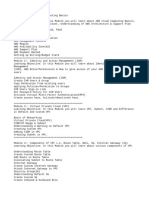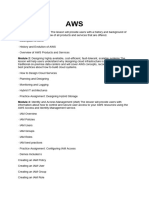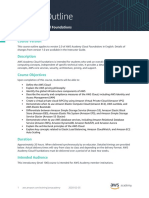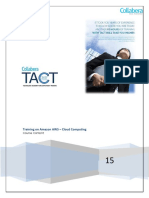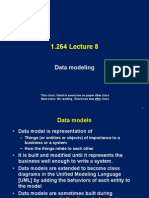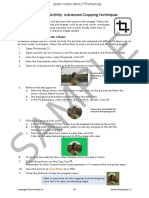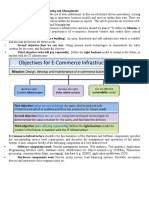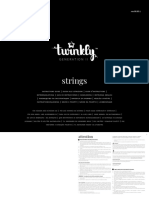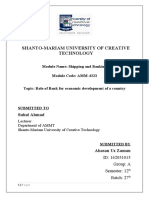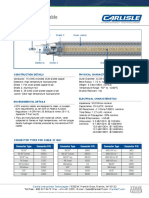0% found this document useful (0 votes)
19 views5 pagesDVSsxxkms
The DVS AWS Course is designed for beginners with no prior AWS experience, covering essential topics such as account setup, IAM, EC2, networking, VPC, S3, databases, and more. It includes practical exercises and advanced concepts like Terraform and Packer for infrastructure as code and image creation. The course aims to equip learners with the skills to effectively use AWS core services and manage cloud infrastructure.
Uploaded by
sagir shaikCopyright
© © All Rights Reserved
We take content rights seriously. If you suspect this is your content, claim it here.
Available Formats
Download as PDF, TXT or read online on Scribd
0% found this document useful (0 votes)
19 views5 pagesDVSsxxkms
The DVS AWS Course is designed for beginners with no prior AWS experience, covering essential topics such as account setup, IAM, EC2, networking, VPC, S3, databases, and more. It includes practical exercises and advanced concepts like Terraform and Packer for infrastructure as code and image creation. The course aims to equip learners with the skills to effectively use AWS core services and manage cloud infrastructure.
Uploaded by
sagir shaikCopyright
© © All Rights Reserved
We take content rights seriously. If you suspect this is your content, claim it here.
Available Formats
Download as PDF, TXT or read online on Scribd
/ 5









